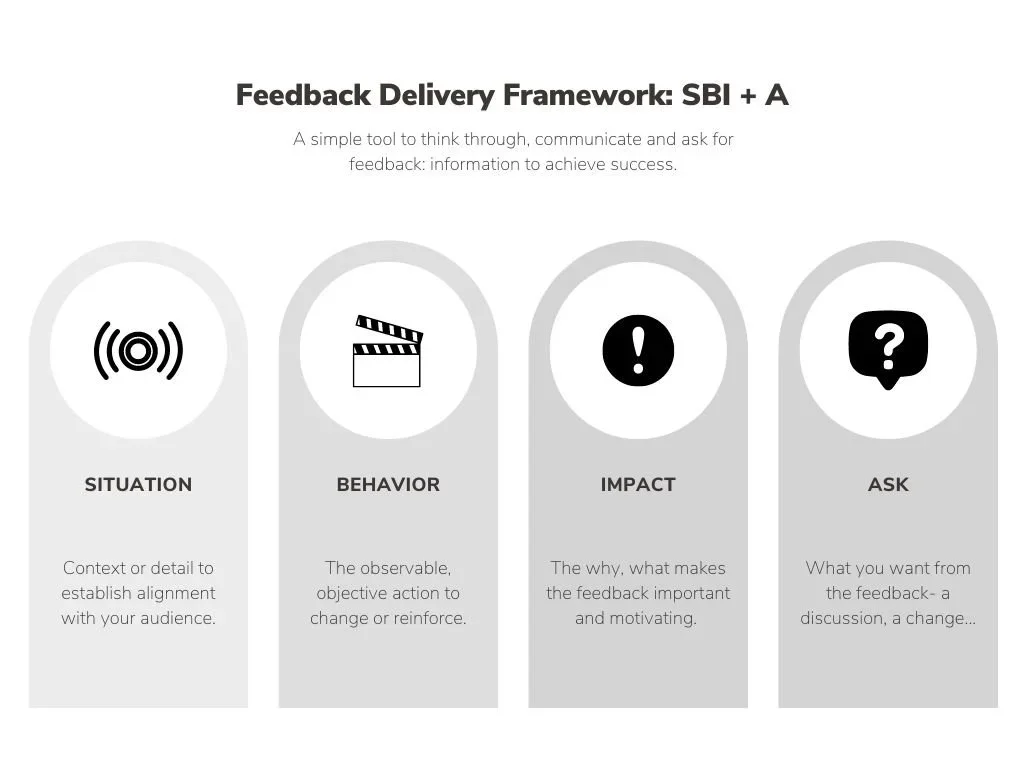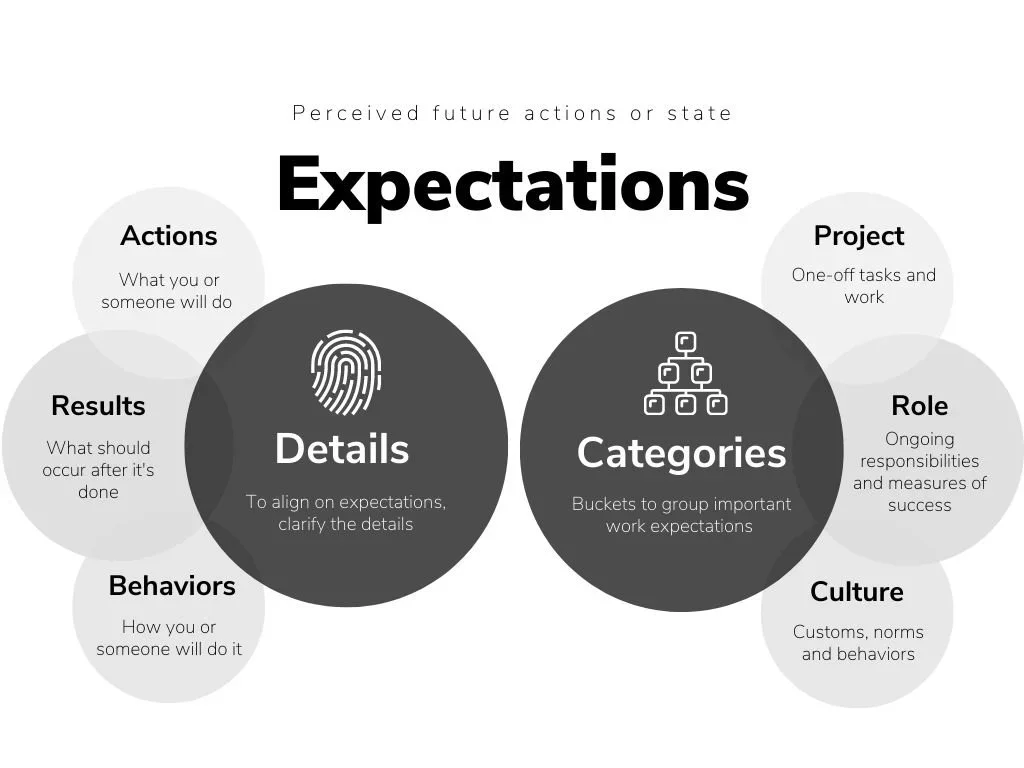Shares Information Effectively: A Key Competency for Effective Leadership
Welcome to Monthly Best Praxis, Talent Praxis's newsletter dedicated to sharing actionable insights and proven strategies for leadership development. Each month, we dive into key topics and competencies that help leaders drive performance, align teams, and create lasting impact. In this issue, we explore how sharing information effectively is essential for effective leadership.
Effective information-sharing is one of the most underestimated leadership competencies—and one of the most powerful. Leaders who communicate clearly reduce confusion, shorten decision cycles, and increase trust. When teams understand what’s happening, why it matters, and what’s expected, execution becomes smoother and alignment strengthens across the organization.
Achieving Success Through a Combination of Skills, Attributes, and Experience
Shares Information Effectively- Ensures clarity and alignment across the team and broader organization.
Below are examples of skills, attributes, and experiences that support the potential for the competency. Infinite combinations of strengths in various skills, attributes, and experiences can generate success in this competency.
Examples of skills supporting:
Communication Skills — Conveys messages in a clear, concise, and audience-appropriate way.
Active Listening — Ensures understanding by listening, reflecting, and clarifying before responding.
Context Setting — Frames messages with relevant background so teams understand implications and priorities.
Examples of attributes supporting:
Transparent — Shares information openly to build trust and avoid ambiguity.
Collaborative — Considers what others need to know to operate effectively.
Empathetic — Communicates with awareness of how information affects people.
Examples of experience supporting:
Cross-functional Collaboration — Communicating across teams with different needs and expectations.
Project Communication Ownership — Leading updates, documentation, and alignment for complex initiatives.
Stakeholder Management — Sharing the right information, at the right time, with the right people.
A self-assessment worksheet for leaders to reflect on how effectively they share information, using a scale from "Never" to "Always."
Practical Steps for Leaders to Develop This Competency
Lead with the headline
Start communication with the most important point before adding detail or background. This reduces confusion and immediately anchors your audience in what matters most.Define the “so what”
Explain why the information matters, what it impacts, and what action (if any) is needed. This helps your team connect information to priorities and next steps.Standardize your updates
Use consistent formats and channels so people know where to look for information. Predictability increases clarity and reduces time spent deciphering messages.Check for alignment
Ask team members to restate key takeaways or expectations in their own words. This surfaces assumptions early and ensures communication landed as intended.Share information at the right altitude
Adjust the level of detail based on the needs and decision-making authority of your audience. Too much or too little information creates misalignment and slows execution.Document decisions
Capture final decisions, context, and owners in a shared place. This prevents rework, memory drift, and misinterpretation over time.
Common Challenges and How to Overcome Them
A lack of over-communication
Leaders often share information once and assume it sticks, but teams need repetition and updates as things change. Without reinforcing messages or integrating them into systems, clarity fades.
Overcome it: Revisit key messages across multiple touchpoints and document updates in shared systems so information becomes consistent and durable.
Under-communicating purpose
Leaders sometimes share background details but skip the deeper “why,” leaving teams unclear about the meaning or impact of the work.
Overcome it: Lead with purpose—explain why the information matters and how it connects to priorities—before providing context or instructions.
Assuming information will cascade
Managers may not fully understand or feel equipped to relay information clearly, causing messages to get diluted or misinterpreted.
Overcome it: Validate alignment before expecting a cascade. Provide managers with clear messaging and support so information is passed on accurately.
Sharing only when decisions are final
When leaders communicate only at the end, teams feel blindsided and lack motivation because they had no visibility or ownership in the process.
Overcome it: Share early, even when things are still forming. Early updates build buy-in and allow teams to prepare and contribute meaningfully.
Relying on one communication channel
Different people absorb information in different ways, and a single channel often leads to gaps or misalignment.
Overcome it: Reinforce key messages across a mix of channels—verbal, written, and documented—and be mindful of your own communication preferences versus your audience’s needs.
Connecting to Other Leadership Competencies
Sharing information effectively reinforces nearly every leadership behavior. It strengthens Builds Trust and Relationships through transparency, supports Sets Clear and Impactful Goals by ensuring teams understand expectations, and enables Defines Team Vision and Purpose through consistent alignment. It also accelerates Builds Consensus and Values Input by surfacing information early so others can contribute meaningfully.
Apply Your Learnings
Rewrite one current team communication to make the message clearer, shorter, and easier to act on.
Add a brief purpose statement (“why this matters”) to an upcoming update and observe how it changes alignment.
Ask your team what information they wish they received earlier or more consistently.
Choose one communication channel to standardize for key updates and document where information will live.
Create a simple feedback loop by checking in after major updates—ask what landed clearly, what didn’t, and what your team needs next to stay aligned.
Explore More
Strengthens the foundation of effective information-sharing by helping leaders confirm what they heard and surface assumptions.
Provides practical frameworks for communicating clearly and calmly when stakes, emotions, or differing viewpoints are high.
A simple Talent Praxis tool to deliver clear, actionable feedback grounded in Situation–Behavior–Impact.
A Talent Praxis tool for defining clear expectations—an essential foundation for alignment and effective communication.
About Talent Praxis
Cultivating Leadership Impact
Our work at Talent Praxis focuses on helping senior leaders identify the strategic behaviors that drive success, so they can lead with greater confidence, clarity, and impact. We partner with organizations to design custom leadership development programs that integrate executive coaching, assessments, and training, delivering measurable results and elevating leadership effectiveness.
Why custom leadership development programs?
Leaders define the direction and culture of an organization. Leadership development programs result in:
Increased Productivity and Performance
Higher Employee Engagement and Retention
Improved Financial Performance
As your company and market evolve, so must your leadership. Our custom leadership development programs are designed to meet your organization’s unique needs, empowering leaders with the skills to drive engagement, foster success, and deliver measurable results.






